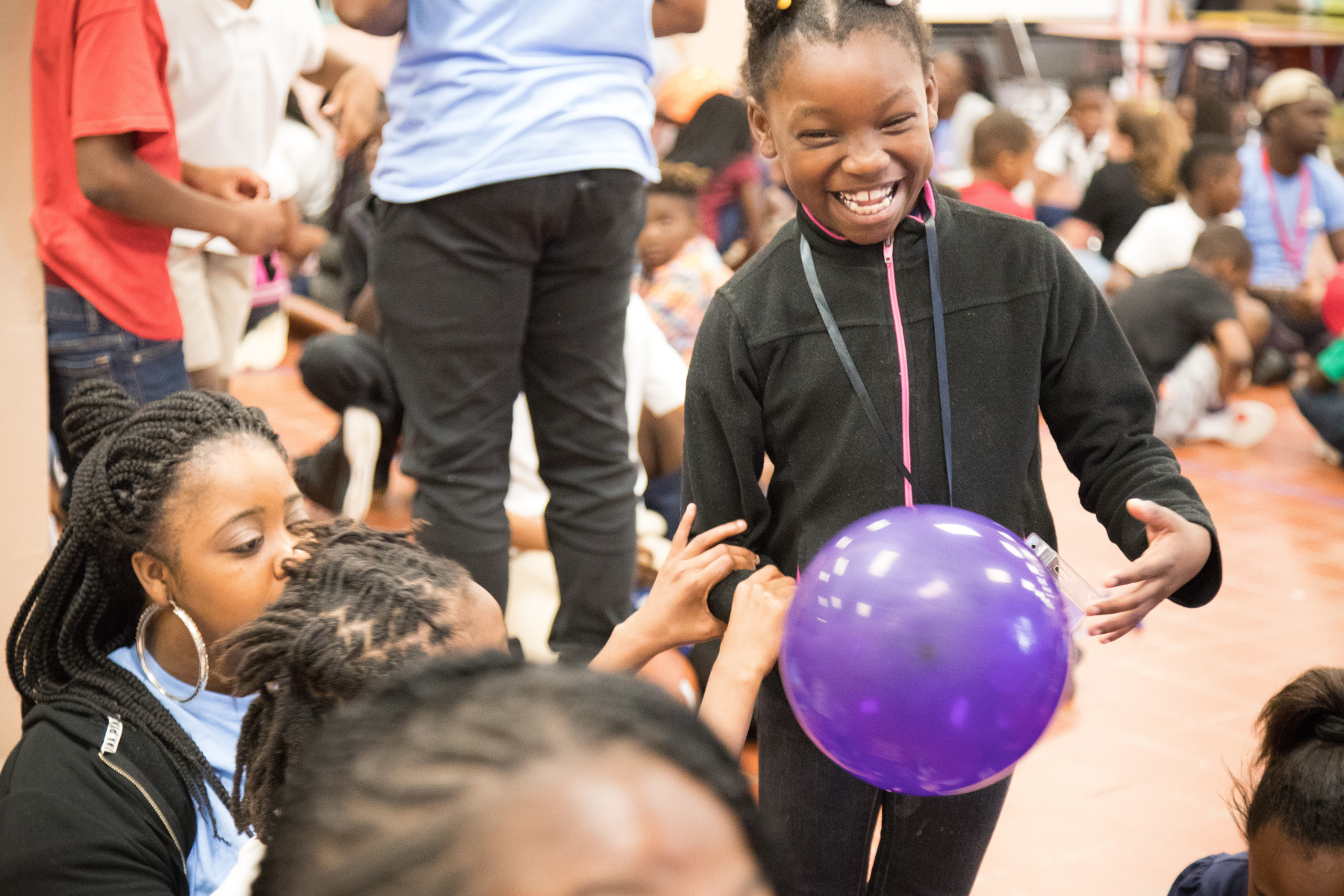When youth feel a connection and belonging within STEM, they are more likely to develop a STEM identity, resulting in more frequent and deeper engagement in STEM learning (Bell, Besley, Cannady, Crowley, Grack Nelson, Philips, Riedinger, & Storksdieck, 2018).
Students build STEM identity by creating a continuum of experiences that draw on interests, knowledge, skills, culture, and lived experiences. This is critical to increasing a sense of belonging (Billington, Britsch, Santiago, Schellinger, Carter, & Becker, 2019).
An 11-state study showed that participation in STEM-focused afterschool programs leads to increases in youth STEM interest, identity, career knowledge, and 21st-century skills, such as critical thinking (Allen, Chang, Waggenspack, Fukuda, Little, Noam, 2019).
___
Allen, P. J., Chang, R., Gorrall, B. K., Waggenspack, L., Fukuda, E., Little, T. D., & Noam, G. G. (2019). From quality to outcomes: A national study of afterschool STEM programming. International Journal of STEM Education, 6(1), 1-21. https://doi.org/10.1186/s40594-019-0191-2
Bell, J., Besley, J., Cannady, M., Crowley, K., Grack Nelson, A., Philips, T., Riedinger, K., & Storksdieck, M. (2018). The Role of Identity in STEM Learning and Science Communication: Reflections on Interviews from the Field. Washington, DC: Center for Advancement of Informal Science Education.
Billington, B., Britsch, B., Santiago, A., Schellinger, J., Carter, S., & Becker, N. (2019). SciGirls strategies, how to engage girls in STEM. Retrieved from, http://www.scigirlsconnect.org/wp-content/uploads/2019/06/SciGirls-Strategies-Guide.pdf


